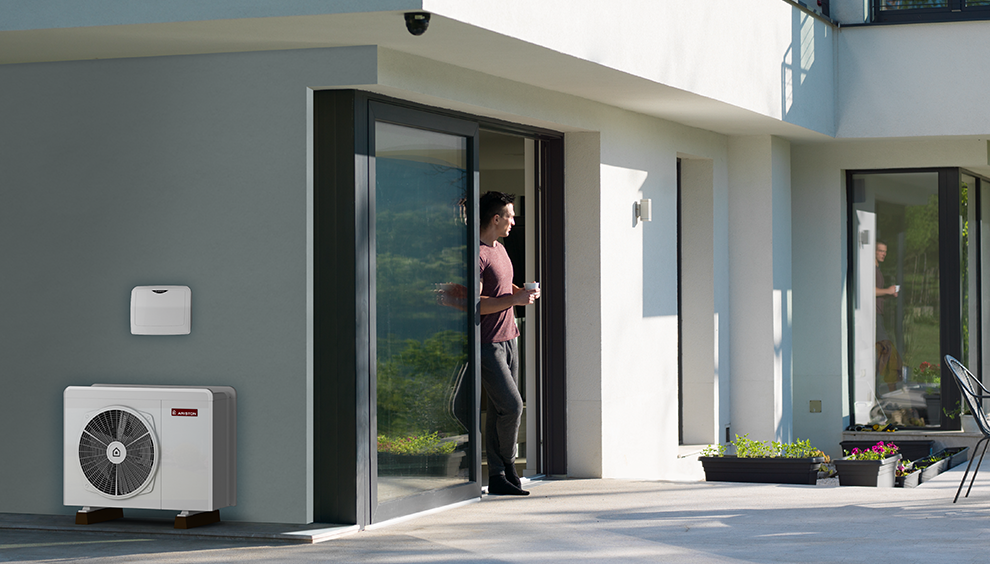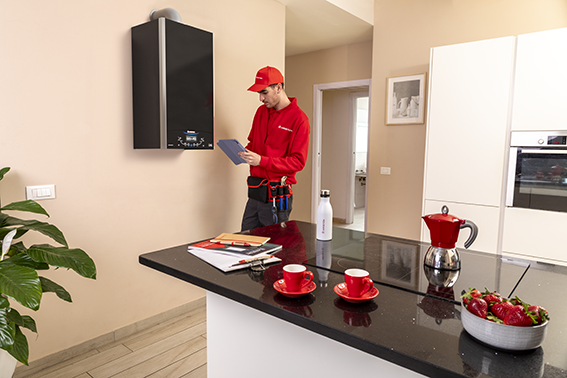Boiler Pressure: What Should It Be?
Maintaining optimal pressure in your boiler is crucial for ensuring energy efficiency and safety in your domestic heating system.
This article examines how to monitor and manage your boiler's ideal pressure, offering practical tips and technical guidance.
How to check boiler pressure
Checking boiler pressure is a simple operation that anyone can perform.
The pressure gauge, typically located on the front of the boiler, displays the pressure on a dial with colored areas.
The green area indicates normal pressure, while the red area indicates values that are too high or too low.
It is important to check the pressure gauge regularly, especially before the start of the cold season, to ensure that the boiler is operating correctly and efficiently.
How high should the boiler pressure be?
The ideal pressure for most domestic boilers is between 1 and 2 bar. Keeping the boiler within these limits not only ensures maximum efficiency but also prevents problems associated with inadequate pressure, such as overheating or insufficient space heating.
A boiler operating at the correct pressure is more efficient and consumes less energy. If the pressure is too low, the system may not be able to circulate hot water properly, resulting in uneven heating and increased wear and tear on components.
Conversely, too high a pressure can put a strain on valves and connections, increasing the risk of failures and leaks.
What happens if the boiler has pressure problems?
Early identification of abnormal pressure symptoms can help prevent more serious issues.
- Boiler pressure too low
If you notice that the radiators are only lukewarm or that there are noises coming from the boiler, it could indicate too low a pressure. Other signs include frequent activation of the boiler without adequate space heating.
- Boiler pressure too high
Excessively high pressure is often indicated by bubbling noises inside the boiler or frequent water release from the safety valve. This can be caused by excess water in the system or a malfunction of the control valve.
How to maintain ideal boiler pressure
To maintain optimal pressure, periodically check the pressure gauge and adjust by adding or removing water from the system as necessary.
You will therefore need to add water when the pressure is low by feeding it into the system from the boiler tap.
Conversely, you will have to remove water to lower the pressure when it is too high. Generally, you will have to remove water directly from the radiator taps or by the drain valve of the boiler.
Remember to remove or add water slowly, checking the pressure gauge. When the pressure has returned to its ideal range, you can close the tap (supply or draw off). Once finished, however, remember to check again several times to confirm that everything is back to normal.
If there are still problems, it is best to call a professional.
Following the manufacturer's recommendations for maintenance helps preserve the efficiency and longevity of the boiler.




